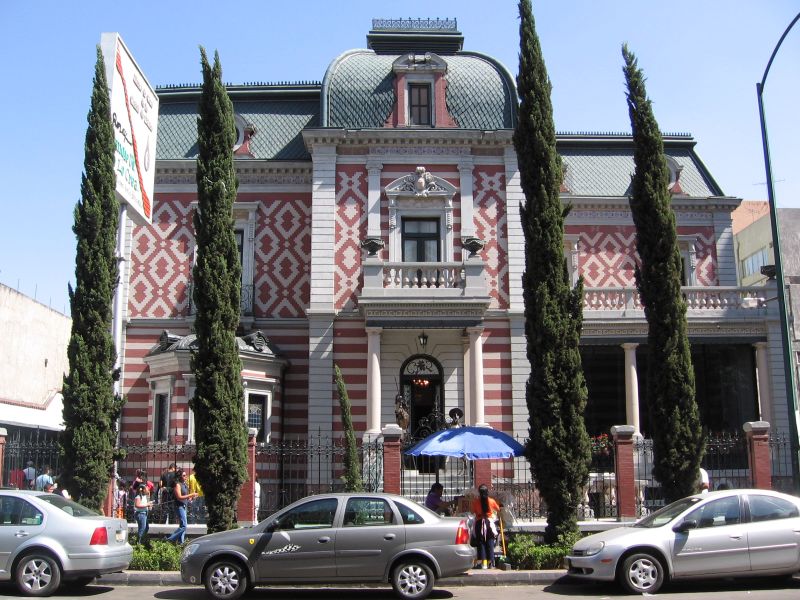
The Mexico City Wax Museum opened in 1979. Installed in a lavish house, it’s one of the few standing works of the architect Antonio Rivas Mercado (1853-1927). The designer of the Angel of Independence on the Paseo de la Reforma, Rivas Mercado worked on this house from roughly 1900 until 1904. The architect’s own home opened as a museum not far away in the colonia Guerrero.
The house was then occupied by one José Natividad Macías Casterona, a famed constitutional lawyer. It was abandoned for a few years after his death, and then served as a restaurant. For a short time, it housed the offices of the National Center for Research, Documentation and Musical Information of what is today the INBAL.
Only at the end of the 1970s, was the house acquired to house the Wax Museum. The prior owners had obtained official authorization to demolish it. The building is currently recognized by the City as a Historical Heritage site. The stained glass windows, stairways, parquet floors, crystal chandeliers and some period furniture, were purchased to match the era of the house’s construction.
The wax museum today is home to many of the historical and entertainment figures that one hopes to find in a wax museum. The group running the museum operate similar institutions in Guadalajara and Veracruz, as well as the Ripley’s Museum practically next door.
![]() The Turibus Historic Center Circuit stop is directly in front of both museums on Londres.
The Turibus Historic Center Circuit stop is directly in front of both museums on Londres.
Hours: Monday through Sunday: 10 a.m. to 5 p.m.
 coordinacion@grupomuseodecera.com
coordinacion@grupomuseodecera.com
 +52 (55) 5546 7670
+52 (55) 5546 7670
 http://www.museodecera.com.mx/
http://www.museodecera.com.mx/
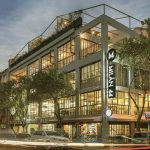
Nearest at 0.10 kms.
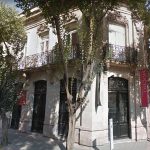
Nearest at 0.11 kms.
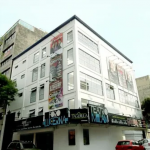
Nearest at 0.17 kms.

One of the premier stages in the Colonia Juárez Theater District . . .
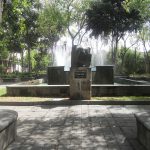
A quiet corner at the very center of Mexico City . . .

Two magnificent 120-year-old homes re-purposed for today's hi-profile events.

A good one to watch for contemporary art from young and emerging artists...

One of FONART's premier Mexico City artisan showcases...